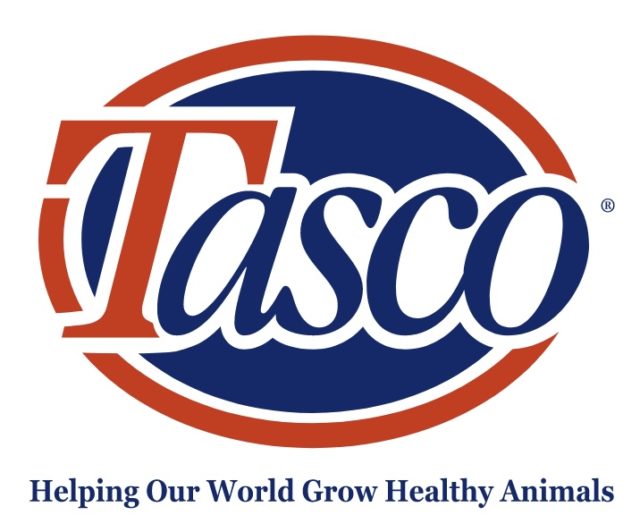I know it isn’t January, but I’m going to talk about New Year’s resolutions. Now, I don’t do resolutions, but I do set goals each year. Usually, I try to do something or travel somewhere new, and I try to learn a new skill.
Last year, I decided I was going to learn how to bake a perfect artisan loaf of true sourdough bread. The year before, I’d learned how to make several different yeast breads. While that did take some trial and error, I’d figured it out fairly quickly. Sourdough, however, was a different story.
Quite frankly, I’ve lost count of how many times I tried and failed to make a loaf of sourdough. I read articles and tried different recipes, but I couldn’t figure out what I was doing wrong. Frustrated and tired of wasting ingredients, I finally decided to take a shortcut and add a little bit of store-bought yeast to the dough to give it a boost. After that, I did get my pretty and yummy loaf of sourdough, but I always knew it was an imposter. I told myself I’d figure it out eventually, but 2019 came and went, and I never completed my goal.
Fast-forward to this summer, and I decided to tackle the elusive sourdough again, more out of necessity than anything else. Where I am in Upstate New York, store-bought yeast hasn’t been the easiest ingredient to find lately. However, since my husband’s favorite snack is a slice – or a whole loaf sometimes – of fresh bread slathered in butter, I made finding yeast or some alternative a high priority.
While I thought I had done my homework last time I’d tried making sourdough, I decided to revisit the topic and see if I could figure out what I had been missing before. Turns out, my technique had been a little off. They were a couple seemingly minute changes, but not ones I had noticed previously. I carefully followed this new tutorial and, much to my delight, the lump of dough turned into an actual loaf of sourdough bread. It was a rather ugly loaf, but I didn’t care because it tasted yummy.
While this bread story might sound trivial, it was the encouragement I needed. In the past few months, my husband has started a new job, lost his grandfather, we’ve moved twice, bought our first house (which is a fixer-upper), and I’m due to have our first child in the next few weeks. And of course, COVID-19 has only complicated matters. Needless to say, my stress levels have been quite high lately. When the bread turned out, while it was a small victory, it made me think. The changes I made were so small I’d completely missed them at first, but they were the difference between the dough turning into a tasty, chewy loaf instead of a wonderful-smelling brick.
So why am I telling you this story? As I learned the hard way, sometimes the little details are the difference between success and failure or mediocrity. For example, as Anne Hoskins points out in the article 8 Things you might forget your autofeeder needs, a tiny rubber band can be the difference between the scale on an autofeeder working properly or improperly.
Next time you’re evaluating some aspect of your farm, I encourage you to look for the small changes or variations that might make all the difference. As Robert James (tells us in his article How do you 'manage' your calf program?) and Tom Earleywine (shares in his article Do you know the true cost of your calf program?) discuss, data tracking and management is helpful for finding these variations and a critical part of identifying areas where the calf program is stellar and areas for improvement.
Finally, never underestimate the value of celebrating the victories, even if they’re small. You never know when they’re the encouragement your employees or family need to keep going or the pick-me-up you didn’t realize you needed.





